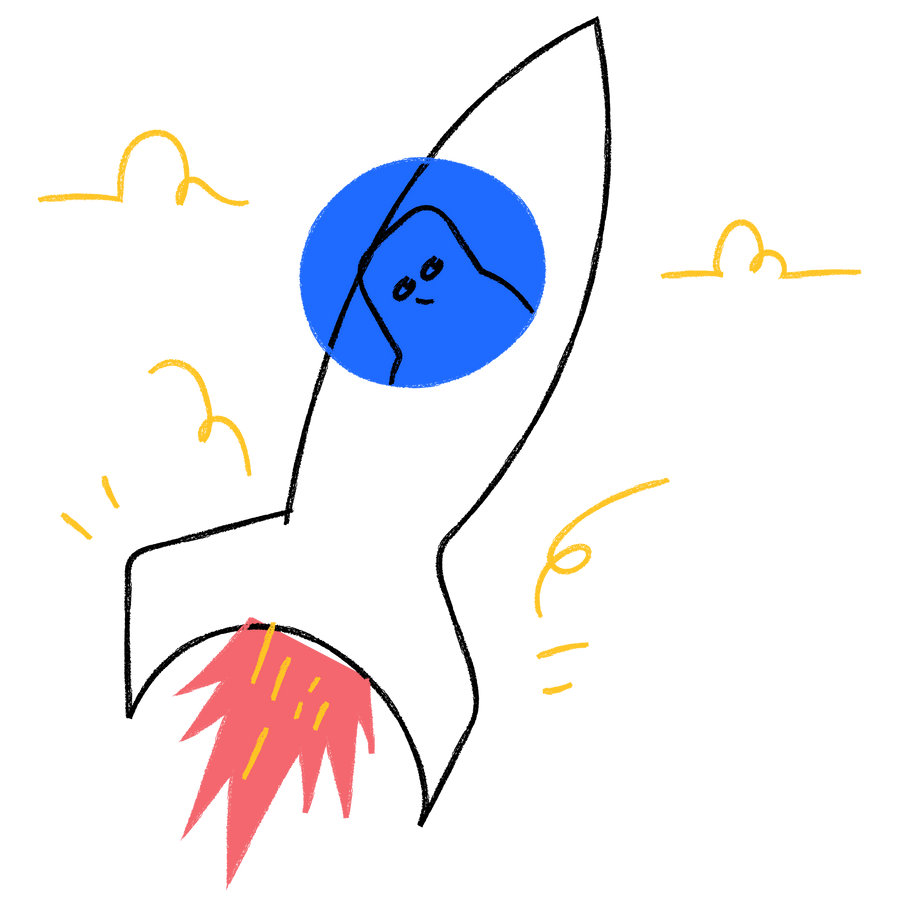MaaS Method is the systematic approach for dozens of early stage startups. Are you next?


This is the most important part of the work that I do. You get this wrong and everything else in the system crumbles. And it's here that I find that early stage startups don't spend enough time. I shoot for 5-10 conversations with customer superfans plus warm prospects plus lapsed buyers if you have them.

After completing the voice of customer research I create this deck which includes the main problem for our target buyer, why do we exist, who are we for, what are we offering them, top unique benefits to the buyer, top unique features of our product, competitors analysis, positioning, messaging, and keywords for keyword research. I pull in direct quotes from my voice of customer conversations to make sure we're not making assumptions.

I'll work with your team to figure out what words we might want to include on our website pages or rank for. We also get to see how competitive some of the terms are, whether we should include certain words on website pages or create new landing pages, and whether we should create blog content that focuses on specific keywords.

We figure out colors, fonts, visuals, personality, and we look at other brands and websites that we love (or hate). This guide helps the designer put together the next step - Mood Boards.

What's the "mood" of the website? We could go dark, bold colors, light and airy, serious, playful, geometric, the sky is really the limit. But we also want to stay true to our team's personality.

Now we have everything to start putting together the Homepage. I use a Google Doc to lay out all the sections with copy and image ideas. We'll spend time reviewing the word choices because words are powerful. You want your target buyer to visit your website and go "Yea, this is for me, and I want it now."

It's time to bring the copy to life. We usually spend longer on the Homepage design versus other pages of the website because this is the first time everything is coming together so there is a bit more back and forth.

After the Homepage, we'll usually work on four more important website pages: a one-level-deeper Product page, About Us, Blog, and Contact Us. Sometimes we'll add a Pricing page and Careers page as well.

Your website is like your digital salesperson. Besides including customer testimonials, you'll want to have more in-depth stories that help build trust. If you skip this and focus on driving top of funnel (TOF) interest and visitors land on your website, there won't be enough there to convince them to talk to you. So start with plugging those holes you have at the bottom of the funnel (BOF) first.

It's time to prioritize marketing channels and figure out your content strategy. I'll list all the possible channels and then rate them based on a) how easy is it to implement based on the current team and b) how much impact do we expect. We'll also review info from those VoC conversations because that's where customers shared where they hang out online/offline, people they follow, podcasts they listen to, etc. For the content strategy I figure out each client's specific content "wedge" that's different from everyone else. And then I use a simple template to map out the 1-page marketing plan with goals to track over time.

As a fractional Head of Marketing at your startup, I can start executing the GTM strategy immediately. Sometimes it's really helpful to get going with a fractional Embedded Growth Team while you're looking for a full-time marketer. We also help with hiring and fundraising.
Find out how fractional marketing leadership can help.
Get startup marketing frameworks and insights delivered monthly.